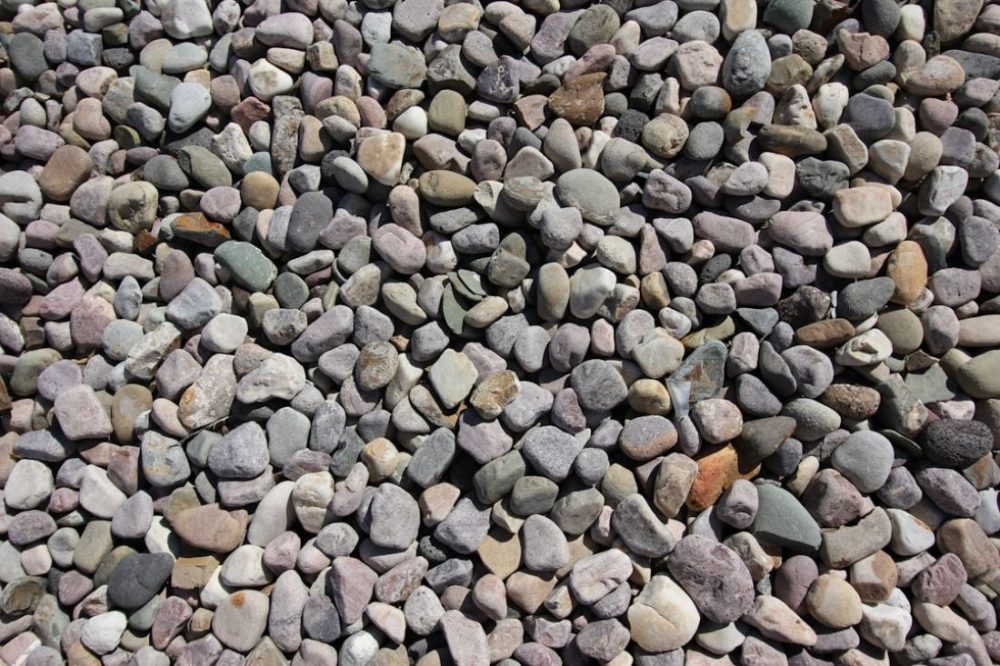
Xeriscaping is a water-efficient landscaping technique that has gained popularity in recent years due to its environmental benefits and cost-effectiveness. By using drought-tolerant plants and minimizing water usage, xeriscaping can create beautiful and sustainable outdoor spaces. To make the most of this landscaping approach, it’s essential to follow the best practices for xeriscaping.
Selecting the Right Plants
One of the key aspects of xeriscaping is choosing the right plants for your garden. Opt for native or drought-resistant plants that can thrive in your local climate without requiring excessive watering. Succulents, cacti, ornamental grasses, and Mediterranean herbs are excellent choices for xeriscaping projects. These plants not only add visual interest to your landscape but also help conserve water by reducing the need for frequent irrigation.
Grouping Plants by Water Needs
To maximize water efficiency in your xeriscape garden, group plants with similar water requirements together. This practice, known as hydrozoning, allows you to tailor your watering schedule to meet the needs of different plant species without wasting water. By clustering plants with low water needs in one area and those with higher water requirements in another, you can ensure that each plant receives the appropriate amount of moisture for optimal growth.
Implementing Efficient Irrigation Systems
While the goal of xeriscaping is to minimize water usage, some irrigation is still necessary, especially during dry periods. To ensure efficient water distribution, consider installing drip irrigation or soaker hoses in your xeriscape garden. These systems deliver water directly to the plant roots, reducing evaporation and runoff. Additionally, using a smart irrigation controller can help you adjust watering schedules based on weather conditions and plant needs, further conserving water and promoting plant health.
Mulching for Water Conservation
Mulching is a crucial practice in xeriscaping that helps retain soil moisture, suppress weeds, and regulate soil temperature. Organic mulches such as wood chips, bark, or compost can improve the water-holding capacity of the soil and reduce the need for frequent watering. Apply a layer of mulch around your plants to prevent moisture loss through evaporation and promote healthy root growth. Remember to replenish the mulch layer periodically to maintain its effectiveness in conserving water.
Incorporating Hardscaping Elements
In addition to plants, hardscaping elements play a significant role in xeriscaping design. Incorporating features such as gravel pathways, stone walls, and decorative rocks can enhance the visual appeal of your landscape while reducing the need for water-intensive grassy areas. Hardscaping elements also help control erosion, improve drainage, and create a low-maintenance outdoor space that complements the overall xeriscape design.
Regular Maintenance and Monitoring
To ensure the long-term success of your xeriscape garden, it’s essential to establish a routine maintenance schedule and monitor the health of your plants regularly. Remove weeds, adjust irrigation settings as needed, and prune plants to promote air circulation and prevent overcrowding. Keep an eye out for signs of stress or disease in your plants and address any issues promptly to prevent them from spreading. By staying proactive in your maintenance efforts, you can enjoy a thriving and sustainable xeriscape garden year-round.
Embracing Sustainable Landscaping Practices
Xeriscaping is more than just a water-saving technique – it’s a holistic approach to sustainable landscaping that benefits the environment and conserves natural resources. By incorporating the best practices for xeriscaping into your outdoor space, you can create a beautiful and eco-friendly garden that requires minimal water and maintenance. Whether you’re starting a new xeriscape project or looking to improve an existing landscape, following these guidelines will help you achieve a successful and water-efficient garden that you can enjoy for years to come.





